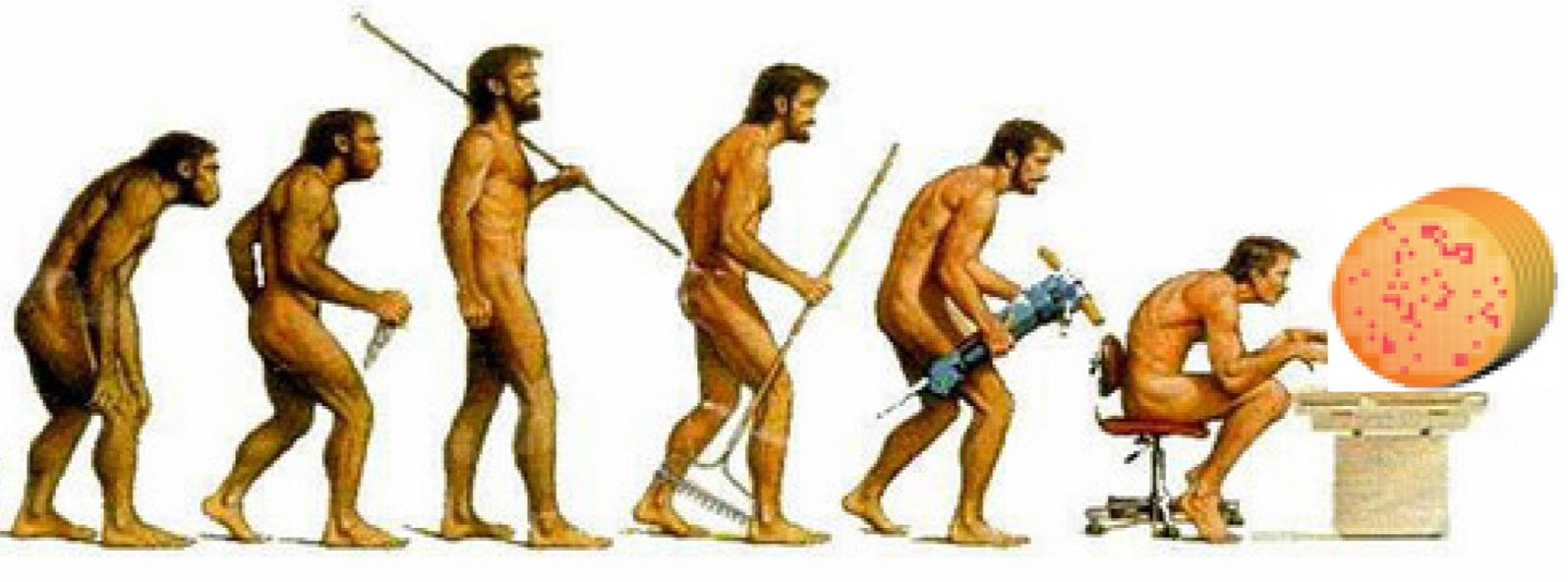It’s a fact that new process nodes come with some amount of yield challenges. One way to find and eliminate silicon defects is through diagnosis-driven yield analysis (DDYA), which is the topic of a free seminar by Mentor Graphics in Fremont this Thursday, October 10 from 11:30am – 2pm (yes, lunch is included because Mentor loves you).
 During the transition to the 28-nm node, several leading semiconductor companies couldn’t ship enough of their products partly because of lower-than-expected yield. This situation keeps product engineers busy with new yield learning methods. DDYA has evolved, like all living things, from a primordial soup of data collection and sorting to a well-honed, DFM-aware, noise-reduced workhorse for finding and eliminating silicon defects.
During the transition to the 28-nm node, several leading semiconductor companies couldn’t ship enough of their products partly because of lower-than-expected yield. This situation keeps product engineers busy with new yield learning methods. DDYA has evolved, like all living things, from a primordial soup of data collection and sorting to a well-honed, DFM-aware, noise-reduced workhorse for finding and eliminating silicon defects.
The past and future application of DDYA is the focus of the seminar. If you are responsible for improving the yield of your company’s products, there are worse ways to spend the early afternoon.
The presenter is Brady Benware, an engineering director responsible for the diagnosis and yield improvement solutions at Mentor, and all-around good guy. He will show how diagnosis-driven yield analysis was used successfully to drive yield improvement in recent process technology history, revealing some surprising lessons learned.
Evolution never stands still, though, so Brady will also show how DDYA is actively adapting to address the expected yield challenges the new FinFET fabrication technologies.
Register now for the seminar “Process Technology Disruptions and the Evolution of Diagnosis-Driven Yield Analysis.”
Share this post via:








Quantum Computing Technologies and Challenges